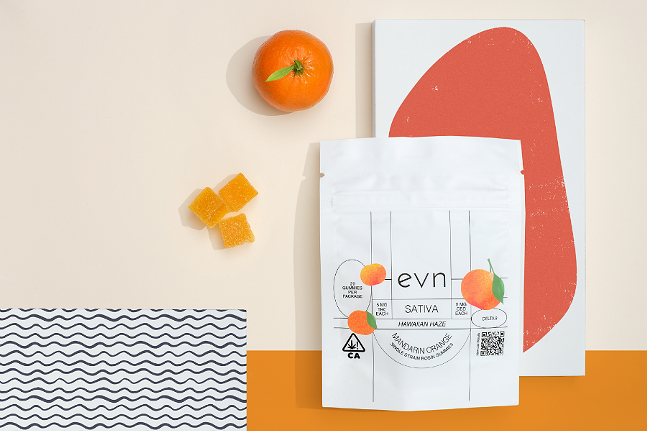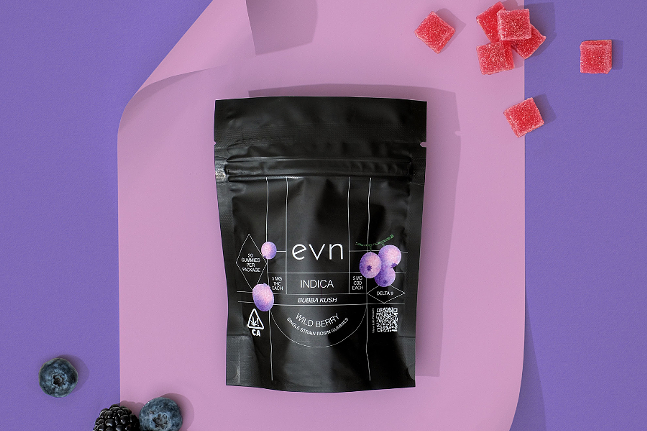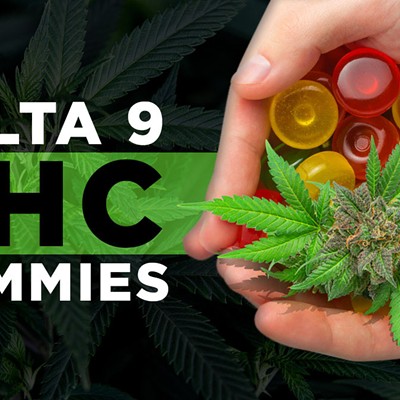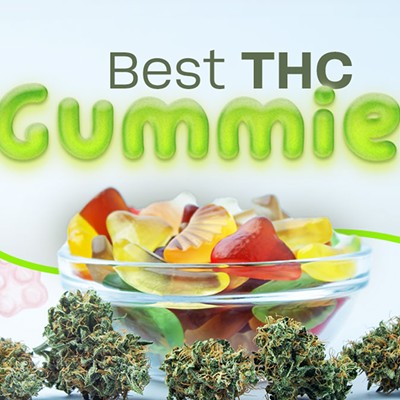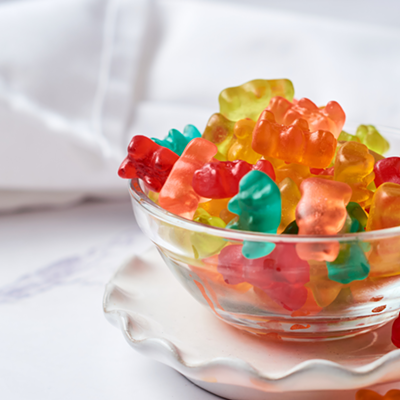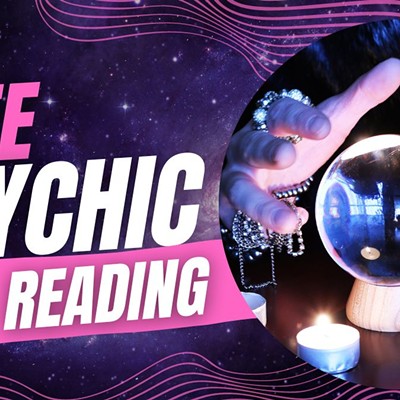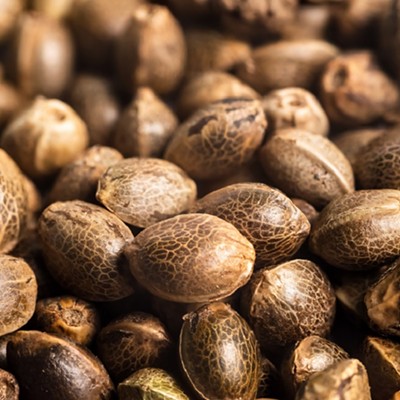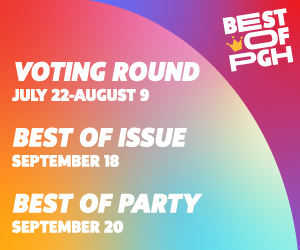For newcomers, the cannabis market’s vocabulary can be somewhat confusing, with terms like “indica” or “sativa” conveying little in terms of one person’s real-world experience with a product.
People generally think of sativa or indica products, including edibles, as those that either have energizing (sativa) or relaxing (indica) effects. But when you get down to the science and intricacies of cannabis, the story becomes more complicated, leaving many to wonder which, exactly, of sativa vs indica edibles are better?
Technically speaking, indica and sativa are words that characterize how the physical cannabis plant grows, including its height, leaf shape, and structure. The amounts of THC, CBD, terpenes, and other compounds have much more to do with whether a cannabis edible produces an “indica” or “sativa” experience. However, these shorthand labels are helpful when communicating a range of effects and can help consumers seeking a tasty cannabis treat know what to expect.
Cannabis edibles differ from other products on the market in the preciseness of their dosing and ingredients. Makers infuse their food products with a precise formula of cannabinoids and terpenes to produce indica-like or sativa-like effects designed to make you feel sleepy, energized, or somewhere in between. Hybrids offer a middle-ground option with more variety among the highs they produce.
Keep reading for a deep dive into the pros and cons, similarities, and differences between sativa and indica edibles, and what to consider when choosing.
Key Takeaways
Edibles are food products infused with cannabis-derived chemicals that produce intoxication, such as gummies or brownies.
Sativa and indica are colloquial terms that describe the energizing or more sedating experience of a particular cannabis product.
Lab results and knowing how THC, CBD, and other compounds affect your body play a much more significant role in the high an edible will produce.
What are Edibles?
Edibles are food products crafted with materials extracted from the cannabis plant. Famous examples of edibles include pot brownies and cookies, but the market now offers edibles that range widely in variety. Cannabis-infused oil or butter are the essential components of any edible recipe, but manufacturers can incorporate these key ingredients into hundreds of foods or drinks.
Professionally manufactured cannabis edibles are usually precisely targeted with specific measurements and ratios of THC, CBD, CBN, or other cannabis components to provide effective and repeatable results. Best practices with edibles are to start with a very low dose and slowly increase the amount of cannabis consumed, observing how your body responds over time.
What are Sativa Edibles?
SHOP SATIVA GUMMIES NOW
Sativa edibles are cannabis-infused food products with a ratio of cannabinoids and terpenes designed to yield an uplifting and energizing high. Sativa strains in nature usually contain higher THC levels and less CBD, complemented by beta-caryophyllene, limonene, pinene, and other terpenes with focusing mood-lifting properties.
A given sativa strain’s chemical profile depends entirely on its genetics and the environment in which a plant was grown. Sativa edibles can either contain extract from a strain-specific sativa cultivar to recreate that strain’s effects or a combination of similar compounds designed to produce an uplifting high.
When consumed, sativa edibles often produce creative and uplifting highs. Many cannabis users harness sativa edibles to complete daytime tasks, enjoy an adventurous social outing, or engage in creative endeavors.
Some of the most popular sativa strains are:
Hawaiian haze
Durban Poison
Jack Herer
Sour Diesel
Super Lemon Haze
What are Indica Edibles?
SHOP INDICA EDIBLES NOW
Indica edibles lie on the opposite end of their sativa counterparts, containing cannabinoids and terpenes that consistently produce relaxing and pain-relieving experiences. Indica plants typically feature high levels of THC, with some varietals containing higher levels of CBD and CBN. Myrcene, beta-caryophyllene, and linalool are a few of the terpenes most commonly found in indica strains, responsible for relaxing effects of their own.
High-potency indica strains are sometimes known for producing a “couch lock” effect, heavily sedating users so that they feel “glued” to their seats. Indica edibles with higher amounts of CBD may be less tolerable from a potency perspective, minimizing the stoned feeling of indicas while still enjoying the sedation of aches or pains.
A given indica strain’s chemical profile depends entirely on its genetics and the environment in which a plant was grown. Indica edibles can contain extract from a strain-specific indica plant to replicate that strain’s effects or a combination of similar compounds designed to produce anxiety-soothing or sedating effects. Some even use indica edibles to achieve restful sleep and fight insomnia.
Some of the most popular indica strains are:
Blueberry
Granddaddy Purple
Northern Lights
Purple Punch
Which is Better: Sativa vs. Indica Edibles?
Deciding whether to choose sativa or indica edibles is a multi-faceted decision that depends on the user in question, their goals, and personal preference. Both indica and sativa strains provide unique health benefits, with some hybrid strains offering nuanced and varied effects depending on who grew the plant, how it’s consumed, and the cannabinoids and chemicals involved.
As an example, a sativa edible with some CBD may energize a user during the day, banishing fatigue while avoiding any unwanted paranoia or anxiety that’s sometimes associated with over-consuming THC. An indica edible paired with CBN may be a more powerful tool with which to combat insomnia than THC alone.
While many edibles produce consistent responses and experiences, the best way to know how you’ll respond to a specific product is to read product test results and experiment with the most promising options. Your online retailer or dispensary budtender will happily point you to some choices, but the sativa/indica dichotomy won’t give you a clear insight into how you’ll uniquely respond to an edible.
For strain-specific edibles, it is also essential to know that two products with the same source strain name (Blue Dream, for example) could have two utterly different cannabinoid profiles. Variations in growing techniques, seeds, breeders, and growing conditions can transform the cannabinoids and terpenes in a given strain - this is why lab results and buying from reputable edible manufacturers are essential.
Dosing
Correctly dosing edibles, regardless of whether they’re indica or sativa-infused, is one of the most critical factors in consumption. Dispensary or online store products will display their cannabinoid content in milligrams and recommend a serving size so you know exactly how much THC you’re ingesting.
Start with the product suggestions and very low doses - we recommend 2.5mg of THC for beginners - early on in your experimentation, and only gradually increase the amount consumed to observe the edible’s effects and your body’s response. Edible effects typically take 90 minutes to 2 hours for effects to appear. At this point, you can determine whether you need more but remember: you can’t take back what you’ve already consumed.
Terpenes and other cannabinoids
Terpenes play perhaps a more crucial role in the sativa or indica-like highs edibles provide us than cannabinoids like THC and CBD alone. Limonene and beta-caryophyllene, for example, have been shown to have energizing effects, while myrcene and linalool are more relaxing and sedating.
Cannabinoids like CBN, CBG, and CBC are also entering the edibles scene and adding nuance to a given edible’s high. CBN, for example, produces sedative effects and generally inspires relaxation. THCV is another recently unearthed cannabinoid with exciting abilities to energize and focus users, which explains its presence in some sativa strains.
The combined effect of terpenes, cannabinoids, and other components in various ratios creates the entourage effect. Some edible makers specifically combine precise formulas of these components to create edibles that produce focusing, sedating, or relaxing results, as examples.
Each person’s physiology will have a unique response to different cannabis formulations. Again, understanding how to read lab results and slowly experimenting with other products will allow you to find the best cannabis edibles for your goals.
The Bottom Line: Are Sativa or Indica Edibles Better?
When it comes to sativa vs indica edibles, no one product is superior. Instead, you must consider your goals and desired cannabis experience and choose a product that works best for your needs. Sativas usually produce energizing, uplifting highs, whereas indicas are more reliably relaxing, sedating, and better for evening use.
Frequently Asked Questions
Which edibles are better, sativa or indica?
Sativa edibles are stimulating and often used to achieve focus or energize during the daytime. Indicas are better suited for evening use thanks to their sedative and pain-relieving properties.
Do you feel more high on indica or sativa?
Sativa cannabis strains tend to naturally contain higher amounts of THC, which can produce feelings of paranoia when too much is consumed. Indicas, in contrast, contain myrcene and linalool, which can create a stoned physical high and heighten the effects of THC.
Are indica edibles better than sativa for pain?
Either option may be well-suited to managing pain, depending on the time of day. Some sativa strains with CBD may help soothe pain related to inflammation so you can go about your day, while indicas may mute the sensory experience of pain and help users sleep through the night.


